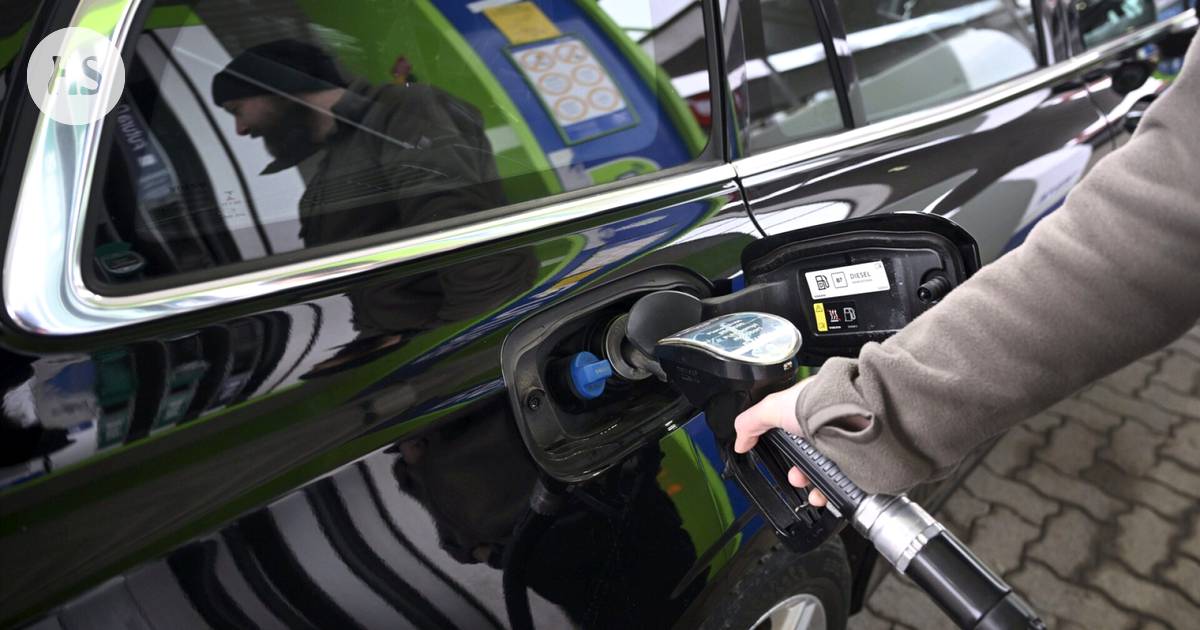President Biden’s administration has announced new fuel economy standards for new vehicle sales that will be in place into the next decade. These standards, known as Corporate Average Fuel Economy (CAFE) standards, are part of Biden’s plan to involve the auto industry in reducing U.S. greenhouse gas emissions. The final regulations released by the administration require automakers’ fleets to achieve an average fuel economy of 53.5 miles per gallon by 2032, which is slightly lower than the initially proposed standard of 57.8 mpg.
The move is seen as a compromise between the administration’s ambitious climate change goals and the challenges faced by the auto industry. Automakers have expressed commitment to reducing emissions but have also asked for more time to make the necessary changes. In addition, the push for zero-emission electric vehicles has added complexity to the issue, with concerns about profitability and political implications.
John Bozzella, president of the Alliance for Automotive Innovation, commended the Biden administration for the coordinated effort in producing these new regulations. He agreed that the initial proposal would have been too challenging for automakers and could have diverted resources from the necessary investments in electric vehicle technology.
However, former President Donald Trump has criticized such policies as burdensome electric vehicle mandates and has promised to undo them if he runs for president again in 2024. The evolving landscape of climate policies and auto industry regulations continues to be a topic of contention and development, with ongoing discussions around how best to balance economic growth with environmental sustainability.
In conclusion, President Biden’s administration’s new fuel economy standards for new vehicle sales mark a significant step towards reducing U.S greenhouse gas emissions and involving



